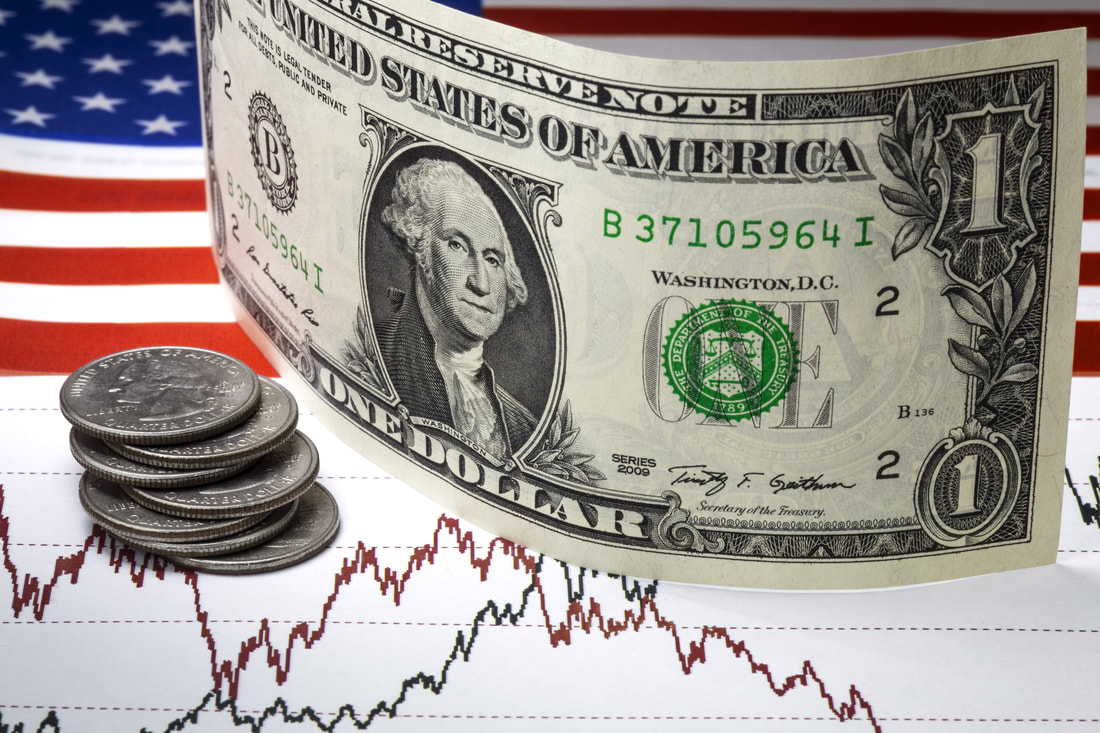
The DXY, also known as the US Dollar Index, is a significant financial measure that gauges the value of the United States dollar against a basket of foreign currencies. This index is a vital tool for traders, economists, and investors who seek to gauge the overall strength and performance of the USD in the global market.
Table of Contents
The Composition of DXY

Source: business-standard.com
The US Dollar Index, known as the DXY, is an important financial metric that measures the value of the United States dollar against a group of six major world currencies. This composition includes the Euro (EUR), Japanese Yen (JPY), British Pound (GBP), Canadian Dollar (CAD), Swedish Krona (SEK), and Swiss Franc (CHF). Among these, the Euro has the most significant impact, making up more than half of the index’s value. This weighted approach ensures that the DXY reflects the United States’ major trading relationships and the broader dynamics of the international currency markets.
The selection of currencies within the DXY is strategic, representing a broad spectrum of the global economy, from Europe’s vast market to Asia’s financial hubs and North America’s trade networks. This diversity makes the DXY a comprehensive benchmark for the USD’s performance, offering insights into its strength or weakness on the world stage.
Observing the DXY chart can significantly enhance this understanding, as it visually depicts the USD’s fluctuations against these currencies over time. By tracking how the USD fares against these currencies, it provides a valuable snapshot of global economic trends and the relative position of the United States within this landscape. The DXY chart, therefore, becomes an essential tool for anyone looking to grasp the nuances of international finance and currency movements, illustrating the dynamic interplay between the USD and global economies.
The History

Source: ibisingold.com
It was first introduced in 1973, following the end of the Bretton Woods system, a period marked by fixed exchange rates and a gold standard. This new era required a dynamic way to track the USD’s value in a world of floating exchange rates.
The index started with a base value of 100, and its composition has been adjusted only once, in 1999, with the launch of the Euro. The Euro replaced several European currencies, altering the weightings within the index. This adjustment reflects changes in global trade patterns and the importance of the Eurozone in international finance.
The DXY has played a pivotal role in global finance, offering insights into the US dollar’s relative strength and the broader economic implications. Its historical movements have mirrored significant global events, from oil crises to financial meltdowns, making it a barometer of global economic health.
Unraveling the Currency Benchmark

Source: reuters.com
It’s a complex instrument that reflects the interplay of various economic factors. Understanding its nuances can provide valuable insights into global economic trends and currency movements.
The movements are influenced by a myriad of factors, including interest rates, inflation, political stability, and economic data. A rising DXY indicates a strengthening USD, often seen during times of economic uncertainty as investors seek safe-haven assets. Conversely, a declining DXY suggests a weakening USD, which can be beneficial for US exporters but detrimental for foreign debt holders.
The implications of movements are far-reaching. A strong USD can suppress commodity prices, as they are predominantly priced in dollars, affecting countries reliant on commodity exports. Additionally, emerging markets with USD-denominated debt may face increased repayment burdens when it rises, potentially leading to financial instability.
Conclusion
The US Dollar Index, offers a comprehensive view of the USD’s standing in the global market, serving as a crucial benchmark for financial professionals worldwide. Its composition and historical evolution reflect the changing dynamics of international trade and finance. Understanding the factors that drive its fluctuations can provide key insights into global economic conditions and currency market trends. Whether you’re an investor, a policymaker, or simply a keen observer of the financial world, the DXY is an indispensable tool in the analysis of currency strength and economic health.







